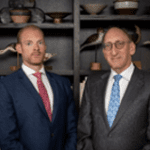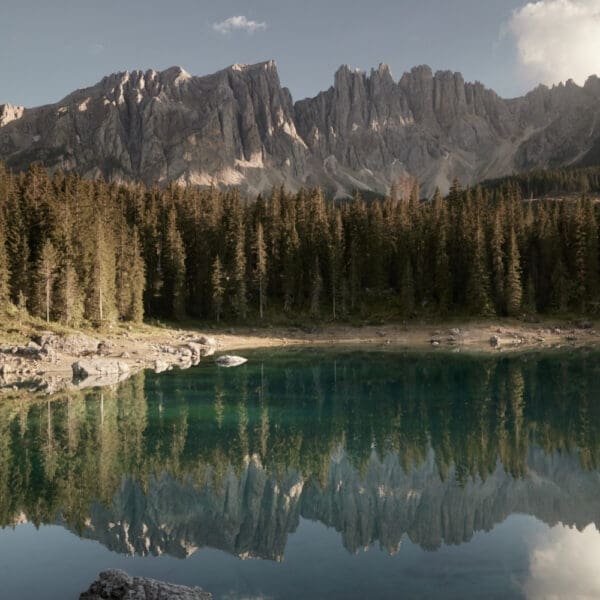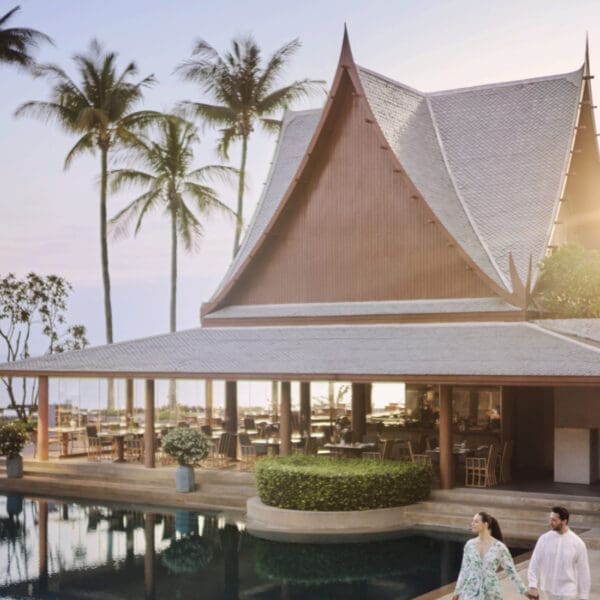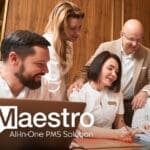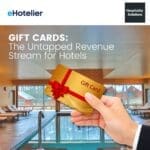 Wellness is a huge growth area for hotels. In hospitality, we can succinctly define this as products, services, amenities and other features that deliver guest wellbeing. Concurrently, longevity is the concept that humans can live longer while also living healthier within those new years afforded to them (‘healthspan’).
Wellness is a huge growth area for hotels. In hospitality, we can succinctly define this as products, services, amenities and other features that deliver guest wellbeing. Concurrently, longevity is the concept that humans can live longer while also living healthier within those new years afforded to them (‘healthspan’).
Biologically speaking, however, from we currently know about longevity the activities that are the most effective are often not those that maximize the moment-to-moment feeling of comfort, harmony or calm. Through what’s called ‘hormesis’, humans are designed to adapt and get stronger from temporary stressors. We sacrifice short-term pleasure for a greater long-term reward.
A popularized example of this is contrast therapy – ice baths followed by hot saunas. Few of us actually enjoy the time spent under the ice, and yet we power through for a minute or more because said action has proven health benefits as the body adapts over the subsequent 48-72 hours. Cold plunges have now gained acceptable worldwide and are thus an area where wellness and longevity overlap. Other activities – that we’ll cover below – in the latter longevity camp, though, are still largely viewed by the public as too far outside of the average person’s comfort zone because of the sacrifice involved.
This is precisely where hotels can focus their efforts for big revenue boosts and brand differentiation. By offering a dynamic, supportive environment for people to persevere through the brief discomfort, hotels can therefore expose guests to new longevity-based experiences, helping expand the boundaries of their individual comfort zones and potentially inducing a transformative lifestyle change for the better.
Let’s start with exercise. To quote Dr. Peter Attia, author of Outlive: The Science and Art of Longevity (2023), “Exercise is the most powerful longevity drug; it not only adds years to your life but improves your healthspan, reversing both physical and cognitive decline.”
Simply put, there is no pill on the market that can make up for benefits of habitually engaging in a variety of fitness activities. We all know that ‘sitting is the new smoking’ and that a sedentary lifestyle is a recipe for a quickened bodily decline, yet many of us still aren’t self-starters in this regard.
Moreover, what type of exercise is best? There are distinct benefits to weightlifting versus cardio machines versus mobility-driven activities like yoga or calisthenics. How does a novice decide? How does someone exercise if they have a chronic injury? What if a person is only motivated by a group environment? These are all areas where hotels can help.
At the ultraluxury end, you have Canyon Ranch with its multi-night packages that come with a litany of available outdoor activities combined with nutrient-dense meals as well as an assortment of physiotherapy and preventive health screenings. Then there are wellness retreat centers like Bodyholiday in Saint Lucia where groups of guests engage as a community in fun, purposeful programs centered around specific health goals like weight loss or boosting exercise confidence.
For an urban, upscale setting where guests are mostly ‘wellness secondary’ – traveling for another purpose but wanting to stay healthy while on the road – look to properties like EAST Miami which has organized a run club in addition to having an inspirational gym overlooking its Brickell environs complete with an expansive movement studio and a full schedule of mobility or high intensity interval training (HIIT) classes. The Andaz Mexico City Condesa offers animal flow classes that are frequented by an equal split of travelers and locals, helping bring the two groups together into one community. Finally, at the more elite fitness level, new brands like SIRO are emerging for fitness geeks to be amongst likeminded peers.
The core takeaway here is that ideas abound for how to evolve your fitness offerings in order to motivate people to stay active, no matter their skill set and mindset around working out solo or within a community.
Besides exercise, another enormous area where longevity may conflict with wellness is in diet, nutrition and eating habits. Namely, let’s discuss intermittent fasting and the concept of ‘autophagy’. Greek for ‘self-eating’, this is when the body starts cleaning up internal debris and dysfunctional parts in order to house more efficient machinery, but cells only really kicks off this process when there hasn’t been any food in the system for roughly 12 hours or longer. True, there are fasting imitators like metformin and berberine; still, the evidence shows that when it comes to the benefits of fasting there’s no free lunch or, more literally, no lunch at all.
While the 12-hour mark can induce the process of autophagy, fasting works like an amplifier where prolonged fasts – albeit done sparingly over the course of a year – have benefits that are mostly unobtainable when only following a 16/8 protocol (16 hours without food each day and an eight-hour eating window but still eating each day). In fact, recent studies have demonstrated that statistically significant repair to the organs requires a minimum of three full days without eating. Prolonged fasting is also being researched as a concomitant treatment for cancer alongside chemotherapy, with a 1+1=3 type of synergy.
Despite all this mounting evidence about the extraordinary health benefits of not eating all the time, who in their right mind can do this while going about their daily routine?
After all, we live in a world of abundance. Every main street offers a plethora of dining options; supermarkets and convenience stores are nearby for most; food delivery services are an app download away; social engagements centered around breaking bread tempt us every weekend. And yet, opportunities exist here for both destination wellness as well as wellness-secondary hotels to aid guests within flexible fasting programs.
For wellness-primary travelers, you have resorts now offering supervised programs for safe, prolonged fasting regimens. We say ‘safe’ because besides the mental endurance of experiencing hunger all the time, fasting can release lots of heavy metals back into the blood from their sequestration within fat cells, necessitating a ramp-up period or the use of chelating foods.
The gold standard for this category is Lanserhof. Currently with three locations in Germany Austria, this longstanding brand is based on the healing power of nutritious foods and mindful eating. Over seven days, guests are guided through a fasting programme by professional doctors where calories are minimized at the start and guests are also asked to chew each bite 30 times in order to restore the mind-body connection. Each luxury health clinic also features onsite agriculture to eat as nutrient-dense, organic produce as possible, alongside a full array of tech-enhanced wellness treatments and personalized medical consultations.
Hardly the only player in the prolonged fasting game, there’s also Buchinger Wilheimi with two locations in Lake Constance and Marbella. Chenot Palace, with locations in Switzerland (at an ADR of over $1000) and Azerbaijan, leans more into the medi-spa category with personalized nutrition programming complemented by advanced diagnostics and welltech treatments. Third, upscale brand TheLifeCo offers multi-night water detox and green juice detox programs at its locations in Antalya, Bodrum and Phuket.
To support intermittent fasting lifestyles like 16/8, 5:2 or OMAD (one meal a day), we’re also seeing many hotel restaurants gradually adapt with more flexible hours in order to appease travelers who may want an early dinner at 4pm or 5pm in order to fit in some protein before their eating window closes. And besides only when you eat, there’s of course the matter of what you eat. Hotels all over the world are engineering menus with ever-healthier plates, centered around the core concept that highly nutrient-dense, natural, whole foods and ingredient diversity (eat the rainbow’ as they say) results in longer-lasting satiety which suppresses cravings while fewer calories are needed overall.
Therein are but three areas to explore: exercise, fasting and contrast therapy. The same can also be said for sleep, mindset, breathwork, sports, supplementation and a host of other areas where we are discovering ways to optimize longevity, which may be at odds with some thoughts around what qualifies as wellness. Whichever path you choose to go down, know that examples of success exist and also that guests are yearning for these sorts of hotel features.


